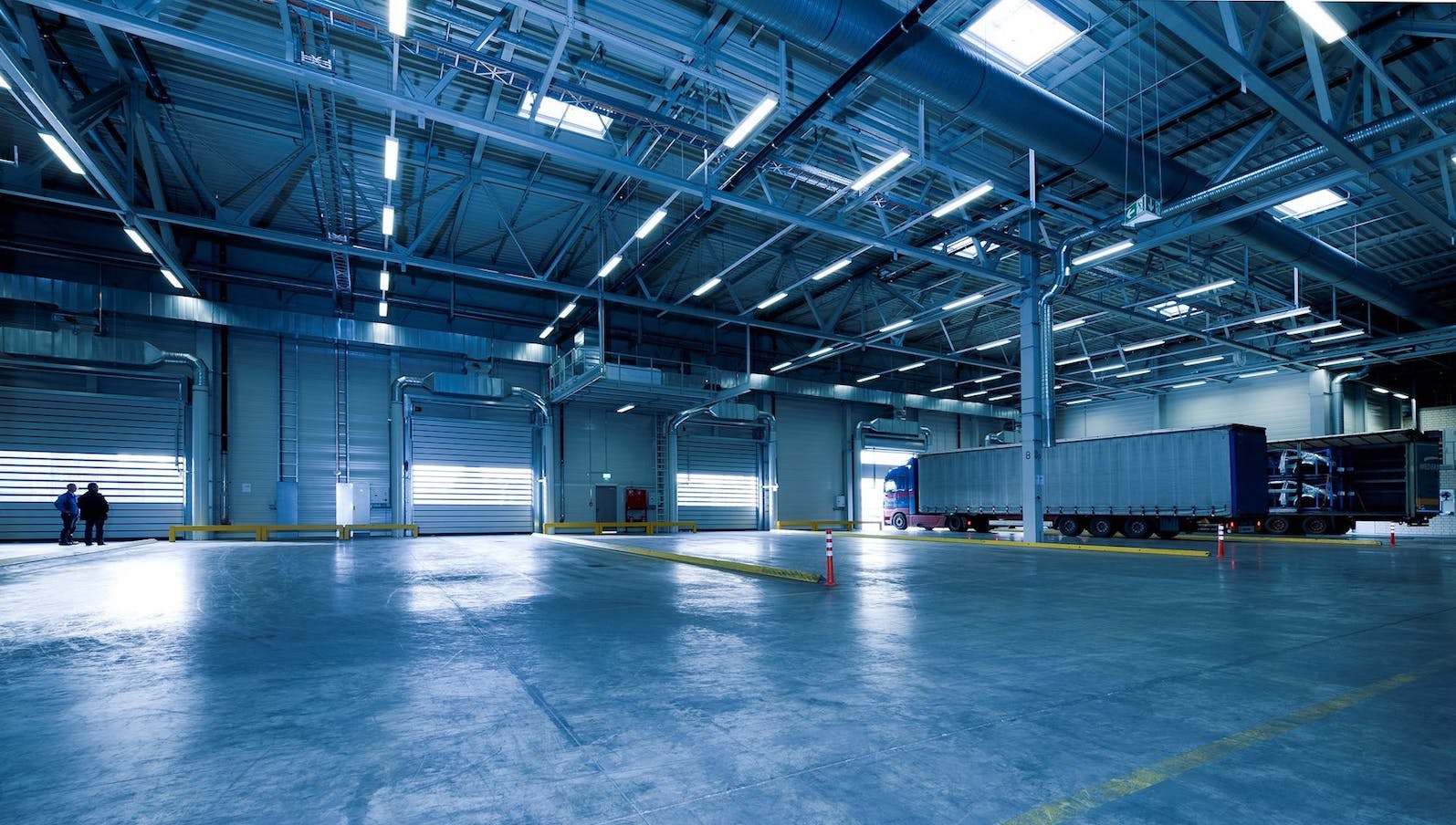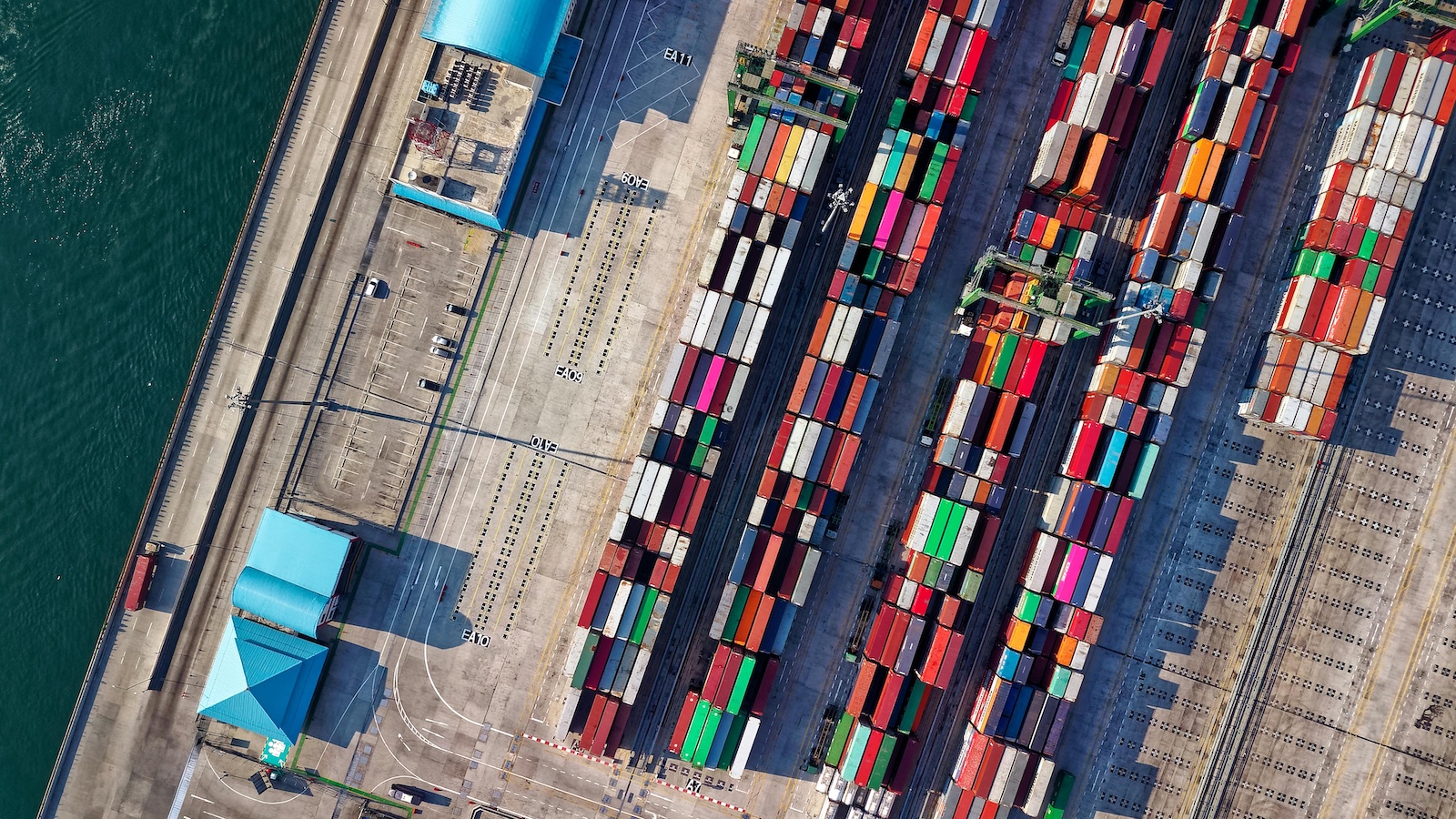KEY TAKEAWAY:
--Here is a checklist for building resilience into operations to keep goods and staff safe.
----------
Supply chains in North America faced a spike of 13% in the volume of cargo theft between 2021 and 2022, with an increase in value of 16%, a trend that has continued in 2023. While electronic goods remain highly vulnerable, thieves are increasingly targeting household items and food and beverage, indicating that inflationary pressures are driving changes in criminal activity.
With a stolen commodity value of $107 million in 2022 – a significant increase on the $68 million reported in 2020 – cargo theft is clearly a risk that calls for heightened vigilance. As a global marine insurer, Allianz Commercial has seen an uptick in cargo theft incidents in recent years and particularly in transportation and logistics. In North America, the number of theft claims has increased for the past six years in a row in this area, with a 20% increase year-on-year in 2022 (169 claims). The total for 2023 is likely to surpass 2022.
Risk Management and Mitigation
It is essential for any company at risk of cargo theft to identify, manage and mitigate security threats using internal processes and external advice such as partnering with their insurer to implement risk mitigation practices. Here is a checklist for building resilience into operations to keep goods and staff safe.
Run a tight warehouse
A well-run warehouse and transportation operation is the first step toward tackling security hazards. This should include stringent security processes and procedures, security and loss prevention training and awareness programs and robust hiring practices for employees as well as third-party partners. Reduce the chance of a fraudulent pick-up by controlling access to key information and keeping drop-off locations as confidential as possible. Carry out internal and external security audits to determine where the strengths and vulnerabilities lie in your security practices.
See also: Emerging Risks for Shipping Industry
Secure facilities
Cargo warehouses and storage facilities should be equipped with the appropriate security measures, such as access control systems, surveillance cameras and monitor surveillance systems, including perimeter security, alarms and sensors. Ensure the exterior and surrounding areas are well-lit. Work together with other companies, industry experts, trade associations, law enforcement agencies and security professionals to stay abreast of best practices and emerging trends in cargo theft deterrence.
Technology
Surveillance technology can be effective in preventing cargo theft or identifying criminals if a cargo gets stolen. Some devices include front-side and rear-facing cameras on trucks, tracking devices (GPS or radio frequency identification (RFID), and high-security seals and locks, including landing gear locks, kingpin locks, air-cuff locks and truck immobilizers.
Transit security measures
Educate your drivers in how to recognize potential threats or suspicious activities and empower them to take preventive action. Maintain frequent communication between the driver and the dispatcher and encourage drivers to report security concerns immediately. Route plans should consider hot spots and hot times and minimize wait time. Aim to keep cargos moving, avoid leaving loaded trailers unattended, park them in secured locations wherever possible and use geofencing tracker apps, which create a virtual perimeter of a location, alerting you when the device enters or leaves the area.








